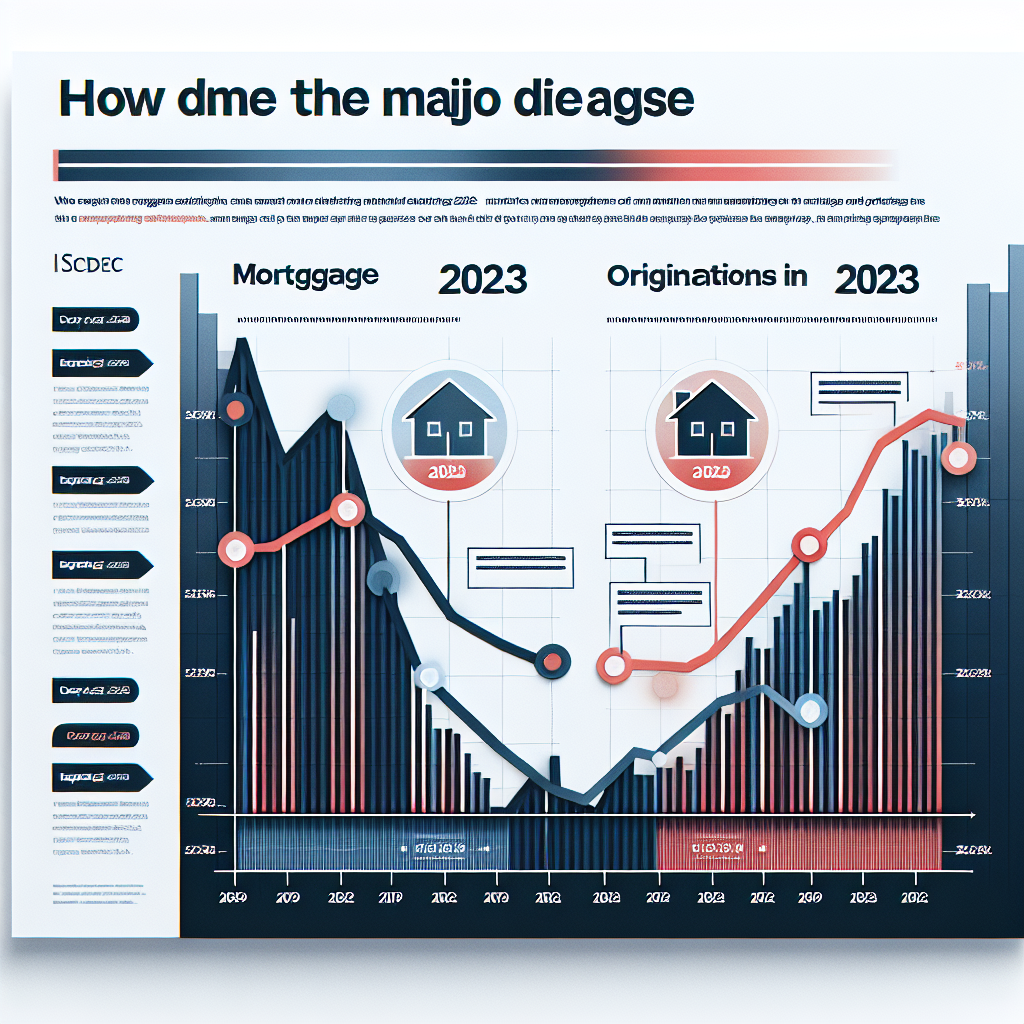CFPB Highlights Major Decline in 2023 Mortgage Applications and Originations
The Consumer Financial Protection Bureau (CFPB) has recently released a report highlighting a significant decline in mortgage applications and originations in 2023. This trend has raised concerns among industry experts, policymakers, and potential homebuyers. The report sheds light on the factors contributing to this downturn and its implications for the housing market and broader economy.
Understanding the Decline
The CFPB’s report indicates a marked decrease in both mortgage applications and originations compared to previous years. Several factors have been identified as contributing to this decline:
- Rising Interest Rates: The Federal Reserve’s decision to increase interest rates to combat inflation has led to higher mortgage rates, discouraging potential buyers.
- Economic Uncertainty: Ongoing economic uncertainties, including concerns about a potential recession, have made consumers more cautious about taking on new debt.
- Housing Affordability: The continued rise in home prices has made it difficult for many first-time buyers to enter the market.
Impact on the Housing Market
The decline in mortgage applications and originations has had a ripple effect on the housing market. With fewer buyers entering the market, the demand for homes has decreased, leading to a slowdown in home sales. This trend is particularly evident in regions that have experienced significant price increases over the past few years.
Real estate agents and developers are feeling the impact as well. Many are adjusting their strategies to accommodate the changing market dynamics, such as offering incentives to buyers or focusing on more affordable housing options.
Case Studies: Regional Variations
While the overall trend is a decline, the impact varies across different regions. For instance, metropolitan areas like San Francisco and New York have seen a more pronounced drop in mortgage activity due to their already high property prices. In contrast, some midwestern cities have experienced a more moderate decline, as their housing markets were not as overheated.
In Texas, for example, cities like Austin and Dallas have witnessed a slowdown, but the impact is less severe compared to coastal cities. This is partly due to the relatively lower cost of living and continued population growth in these areas.
Statistics and Data Insights
The CFPB report provides several key statistics that underscore the magnitude of the decline:
- Mortgage applications have decreased by approximately 20% compared to the same period in 2022.
- Mortgage originations have fallen by 15%, with a notable drop in refinancing activities.
- The average mortgage rate has increased by over 1.5 percentage points since the beginning of the year.
Future Outlook and Recommendations
Looking ahead, the outlook for the mortgage market remains uncertain. While some experts predict a stabilization of interest rates, others warn of continued volatility. The CFPB recommends several measures to address the current challenges:
- Encouraging lenders to offer more flexible mortgage products to accommodate diverse borrower needs.
- Implementing policies to increase housing affordability, such as expanding access to down payment assistance programs.
- Enhancing consumer education on mortgage options and financial planning.
Conclusion
The CFPB’s report on the decline in mortgage applications and originations in 2023 highlights significant challenges facing the housing market. Rising interest rates, economic uncertainty, and housing affordability are key factors contributing to this trend. While the impact varies across regions, the overall slowdown has implications for homebuyers, lenders, and the broader economy. Addressing these challenges will require coordinated efforts from policymakers, industry stakeholders, and consumers to ensure a stable and accessible housing market for all.



